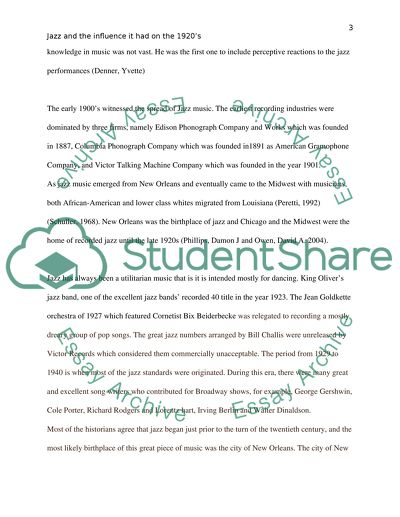Cite this document
(“Jazz and the influence it had on the 1920's Research Paper”, n.d.)
Retrieved de https://studentshare.org/music/1392545-jazz-and-the-influence-it-had-on-the-1920s
Retrieved de https://studentshare.org/music/1392545-jazz-and-the-influence-it-had-on-the-1920s
(Jazz and the Influence It Had on the 1920'S Research Paper)
https://studentshare.org/music/1392545-jazz-and-the-influence-it-had-on-the-1920s.
https://studentshare.org/music/1392545-jazz-and-the-influence-it-had-on-the-1920s.
“Jazz and the Influence It Had on the 1920'S Research Paper”, n.d. https://studentshare.org/music/1392545-jazz-and-the-influence-it-had-on-the-1920s.


